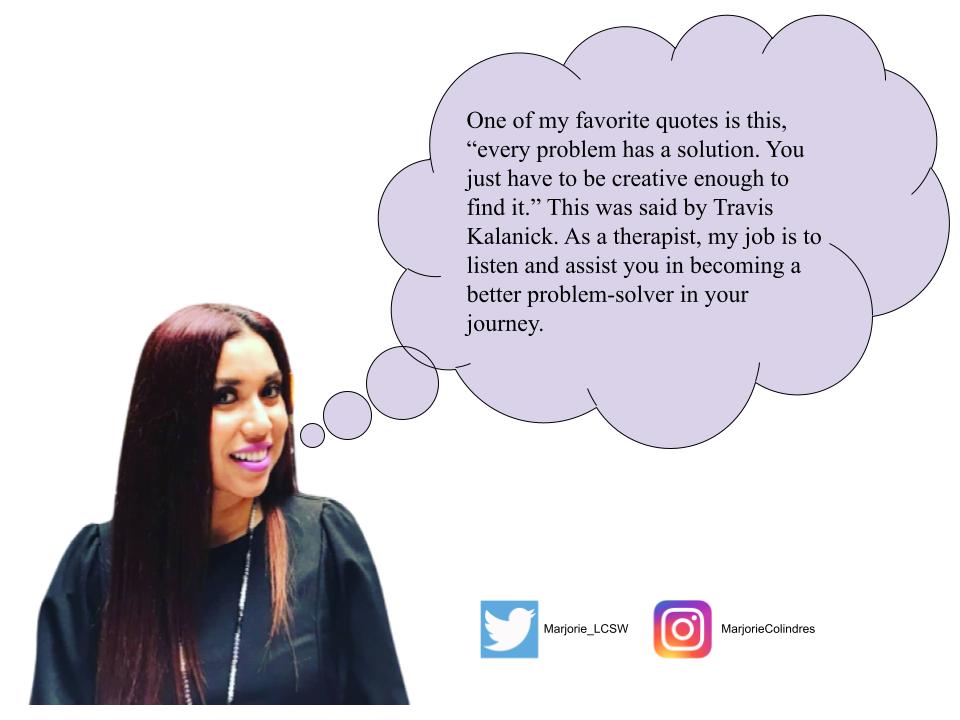
Introduction
This is part-3 to the series that I have written on Emotional Intelligence. When there is a problem, you must be able to identify your own emotions and the emotions of others regarding the problem at hand. Addressing a problem requires being able to manage stress in an effective manner. While addressing a problem it requires self-coaching or you can ask for help from a professional or family member in order to help you to be successful.
Problem-Solving
In life, everyone will experience problems. Some of the problems are small while others are a lot harder to handle on your own. As a therapist who works with people of all ages, I always like to use the visual from the Zones of Regulation to ask people to identify how big is the problem. Sometimes the brain can perceive the problem to be bigger than the reality of it.

When I am listening to stories from my clients, I like to use visuals with my clients. In my personal life, I also use visuals to help me tackle the biggest problems (problems can be positive or negative). Therefore, if you are my client, I may ask the following questions:
- How big is the problem to you right now? (small, medium, or big)
- What emotions do you have about the problem?
- Is your perception of the problem objective?
- Do you know how to overcome the problem?
If the answer to the last question is “no,” then that’s when visuals come in handy. When a problem is perceived to be big, then it means that it needs to broken down into smaller steps. A client can draw it out or use sticky notes to move the steps around (See video below on how to break down steps of a problem).
Once the steps have been broken down, then it is important to visualize yourself doing the steps.
Conclusion:
To conclude, emotional intelligence means being able to identify the size of the problem and having a reaction that is equivalent to the problem. Then you must be able to figure out how to address the problem by breaking down the steps and visualizing yourself tackling the situation.
